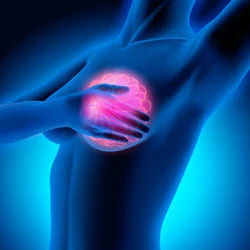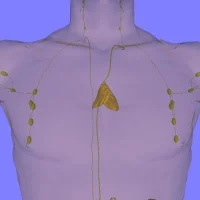Researchers in Austria have developed a
method for the precise measurement of breast density using magnetic resonance
tomography (MRT) examinations with the Dixon sequence for a better assessment
of the risk, in addition to an earlier breast cancer diagnosis, it was unveiled
during a presentation at the European Congress of Radiology (ECR2016).
Medical University Vienna researchers at the University Clinic for Radiology and Nuclear Medicine have developed a method whereby an objective measurement of breast density, with fully automatic software and higher precision and reproducibility, has been detected, and showed that a prototype currently exists.
“It works practically at the touch of a button and only takes a few minutes. There is also no need to provide contrast material,” Georg Wengert said in his presentation at the annual ECR conference.
The study was undertaken by the university’s Molecular and Gender Imaging Working Group under the management of Thomas Helbich and the Computational Imaging Research (CIR) Laboratory developed the software under the management of Georg Langs.
Guidelines set out by the American College of Radiology (ACR) divide breast density into four categories: Ranging from A to D, the risk of getting breast cancer is considered to be four to six times higher for a higher breast density (C/heterogeneous and D/extremely dense). The density cannot be precisely measured using mammography and an ultrasound scan, and additionally a high breast density makes diagnosis more difficult.
That is why Medical University Vienna experts recommended in their presentation to increase the use of MRT for risk assessment, diagnosis and early diagnosis.
“We are committed to better explaining to women that the use of mammography and ultrasound alone cannot detect all carcinomas. MRT really is the recommended method,” said Wengert. The examination has a far better validity, and therefore helps to quickly introduce the right therapeutic steps.
With breast cancer being the most common cancer in women, nearly a third will be confronted with this in their lives. According to statistics, around 5,400 women became ill from breast cancer in Austria in 2011, of whom 1,500 died from this cancer.
In total, five research clusters have been established at Medical University Vienna where the focus on key areas in fundamentals and clinical research has been increased. The research clusters cover medical imaging, cancer research/oncology, cardiovascular medicine, medical neuroscience and immunology.










